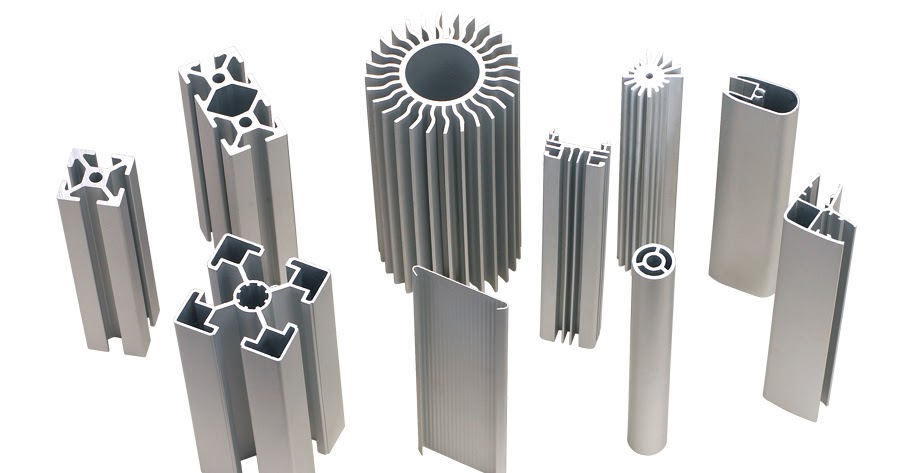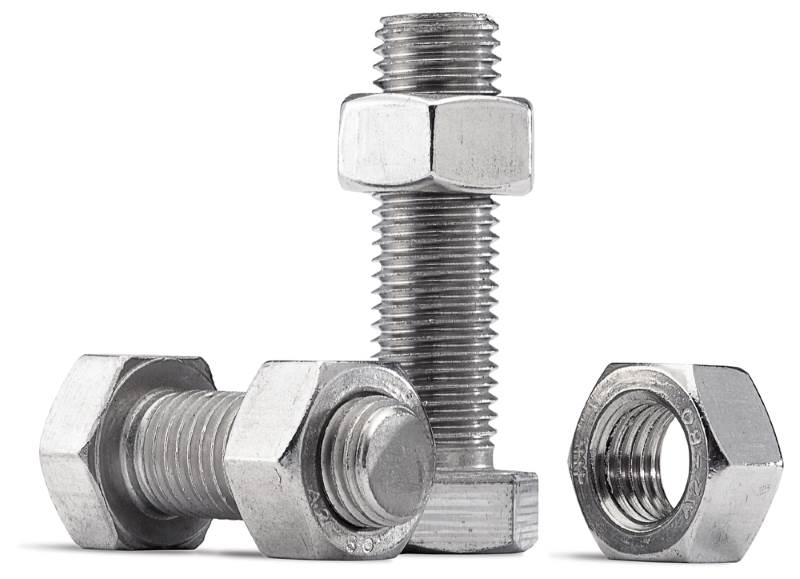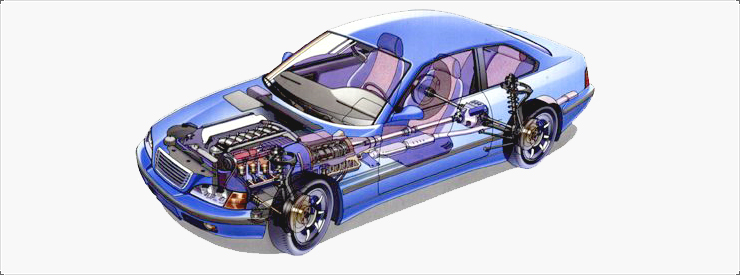Argon gas is an inert gas widely used in welding operations to protect the welded area from atmospheric contamination and ensure weld quality. There are several types of argon welding processes based on different applications and the needs of different metal materials. Here are some common types of argon welding:
The uses and types of argon welding vary depending on the project requirements and the type of metal material being welded, and welding professionals can choose the most appropriate type to ensure optimal welding quality and performance.
TIG welding:
TIG welding is a type of electric arc welding, abbreviated as TIG or GTAW (Gas Tungsten Arc Welding). TIG welding is one of the most precise and high-quality types of welding. It features the use of an electric arc between an electrode tungsten and the metal piece, where the feed of the welded rod is manually controlled.
How does TIG welding work?
An electric current is run through a tungsten metal electrode to create the electric arc. The welded rod is then precisely fused to the metal surface using this arc. Inert gas (such as argon) is used as shielding gas to protect the welded area from atmospheric contamination.
Parts and components of the TIG welding device:
MIG welding:
MIG welding is another type of electric arc welding, abbreviated as MIG (Metal Inert Gas) or GMAW (Gas Metal Arc Welding). This welding uses continuous welded wire and shielding gas to fuse the metals.
Components of the MIG welding device:
The difference between TIG and MIG welding:
TIG welding costs are usually higher than MIG due to its equipment.
-TIG welding is used for a variety of materials while MIG welding is preferred for steel and steel alloys.
Why do we use Tungsten metal as a welding electrode?
Tungsten metal is an ideal material for use as an electrode in TIG welding processes. This is for several reasons:
Why is Argon gas used in welding?
Argon is an inert gas widely used in welding processes, including TIG and MIG welding. The following properties of argon are used in welding:
By using argon gas in welding, the weld quality can be improved and the integrity of the welded area can be maintained.
Resources : https://www.twi-global.com/technical-knowledge/job-knowledge/tungsten-inert-gas-tig-or-gta-welding-006




